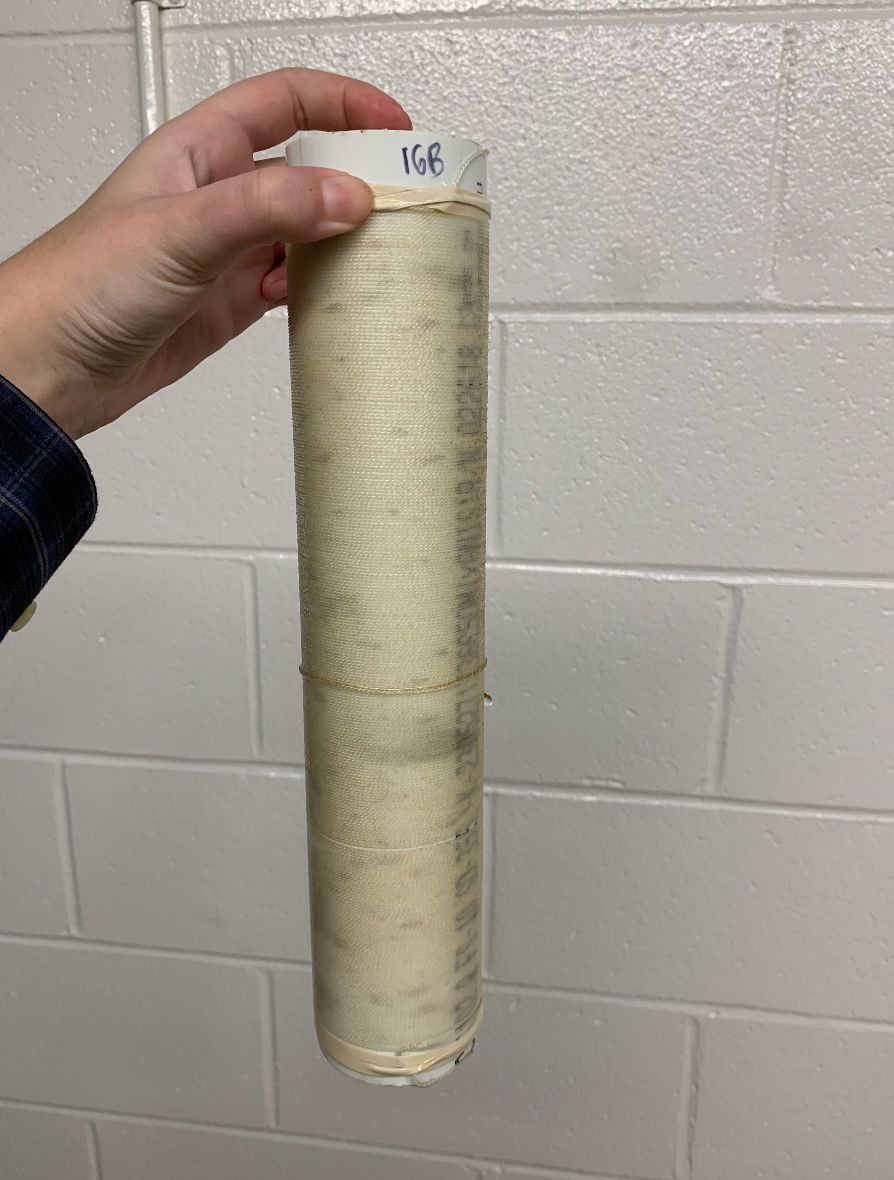Hi all, I'm a university student at Dalhousie University in Halifax and am doing my honours project in kelp farming. Most of my spools turned out great, but a few didn't and showed these grey spots - does anyone have any idea as to what the spots could be? Diatoms?
@tessa_schaeffer6430 Did you check out the resources in the hatchery course? There's a section on diatoms .
Otherwise @toby_sheppardbloch!
@jwhis Thank you, Julia! I have checked out that section - the coloration is dissimilar (my spool has grey instead of brown patches), but the shapes looked similar to diatom patches, which is why I was confused.
@jwhis Thank you, Julia! I have checked out that section - the coloration is dissimilar (my spool has grey instead of brown patches), but the shapes looked similar to diatom patches, which is why I was confused.
@tessa_schaeffer6430 hmmm.....that's a new one to me. I'm wondering if it had something to do with string condition or tank circumstance--interesting there aren't any sporophytes on the rest of the spool, so thinking whatever the issue is bigger than the grey spots.
@toby_sheppardbloch Thanks! Someone else I talked to thinks it may be some sort of fungal growth. The other spool in the same tank also had these spots, but had more sporophyte growth. None of my other spools exhibited the same spots.
@Tessa_schaeffer6430 how did you sanitize the spools and string prior to inoculation?
@toby_sheppardbloch Thanks! Someone else I talked to thinks it may be some sort of fungal growth. The other spool in the same tank also had these spots, but had more sporophyte growth. None of my other spools exhibited the same spots.
@Tessa_schaeffer6430 how did you sanitize the spools and string prior to inoculation?
@tessa_schaeffer6430 Hi! I have worked in marine labs for decades, what you are seeing is quite common. There are a surprising amount of marine molds and fungi, the black patches looks similar to what we see growing in untreated water lines and damp surfaces in the lab. I would look at 4 parameters; the general hygiene in the lab space your are using, the sanitation of your incoming seawater; the hygiene of your equipment, was it used for another experiment and properly sanitized prior to your use; and possibly contamination from the incoming spore solution. It's likely that if the lab space your are using has been operating as a seawater lab for any duration that the fungi is already there in the room before you moved in. We have seen fungi not in the nursery tanks but usually in and around damp areas. Bleach will help clean this up. It can spread easily as the fungi reproduce via spores that can become airborne and land in nursery tanks. The spores are very tough and can also survive sanitation efforts on sorus tissue. How did your other spools turn out? Did you examine any sections of seed string under the microscope?